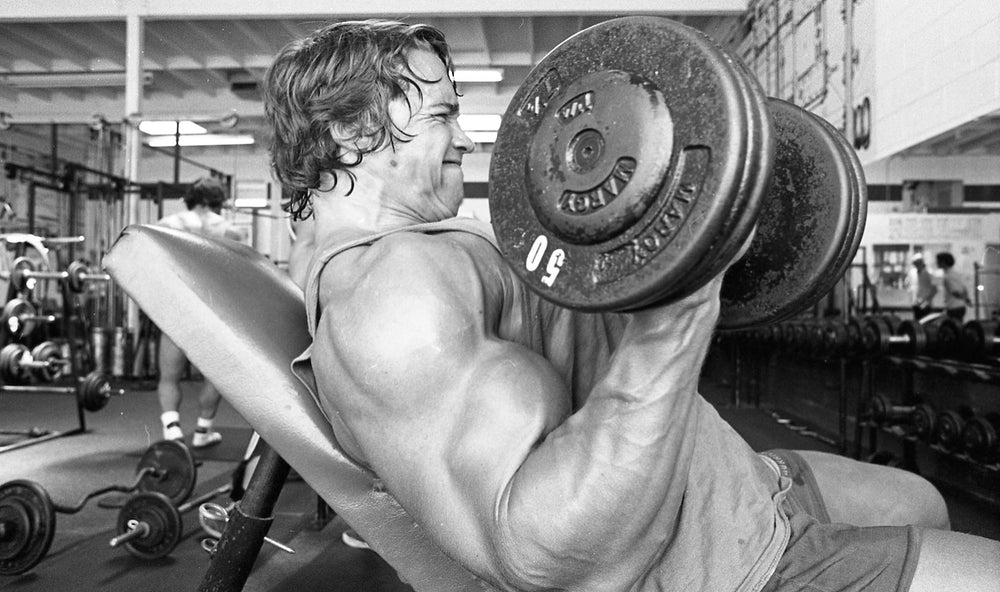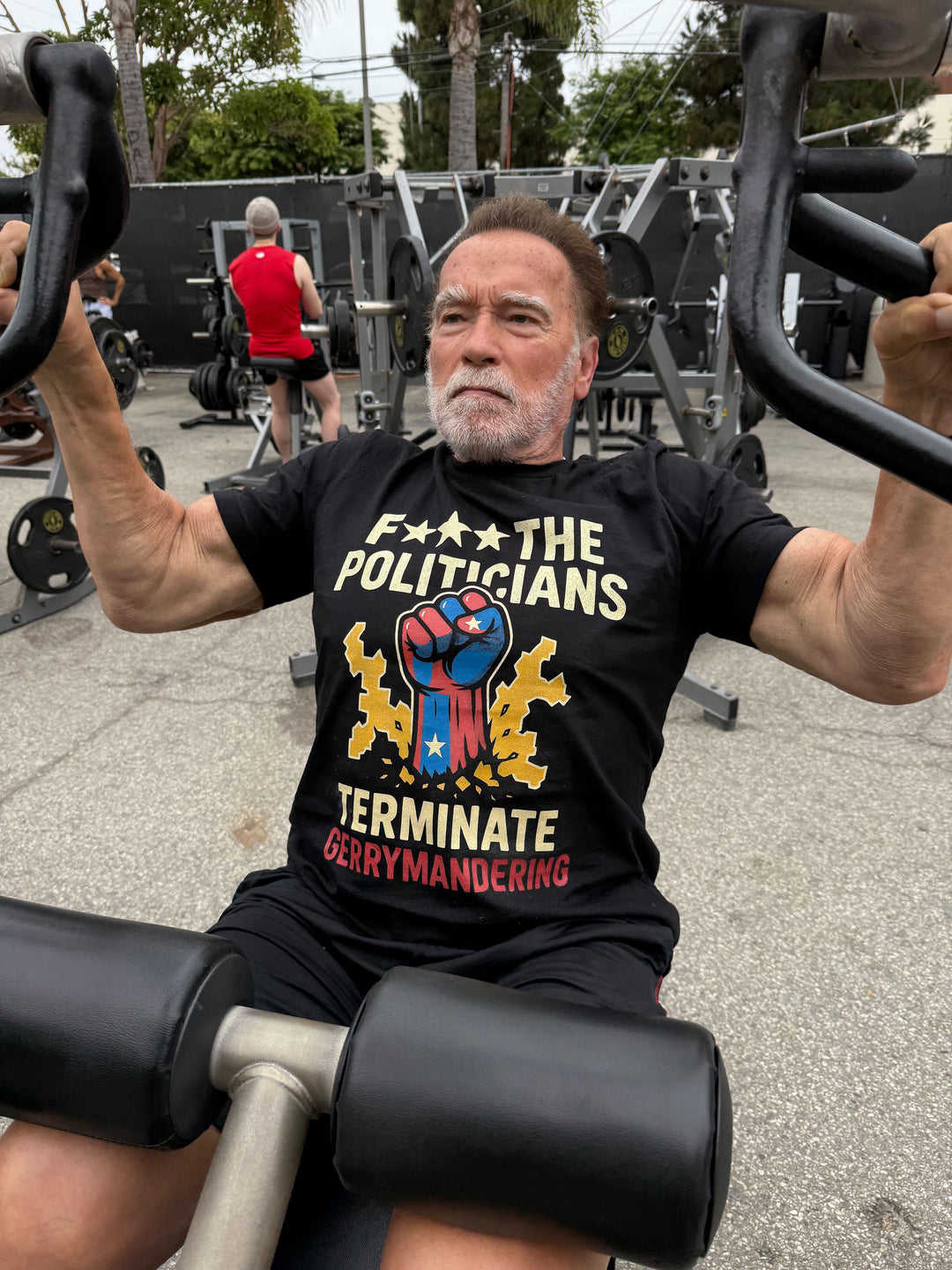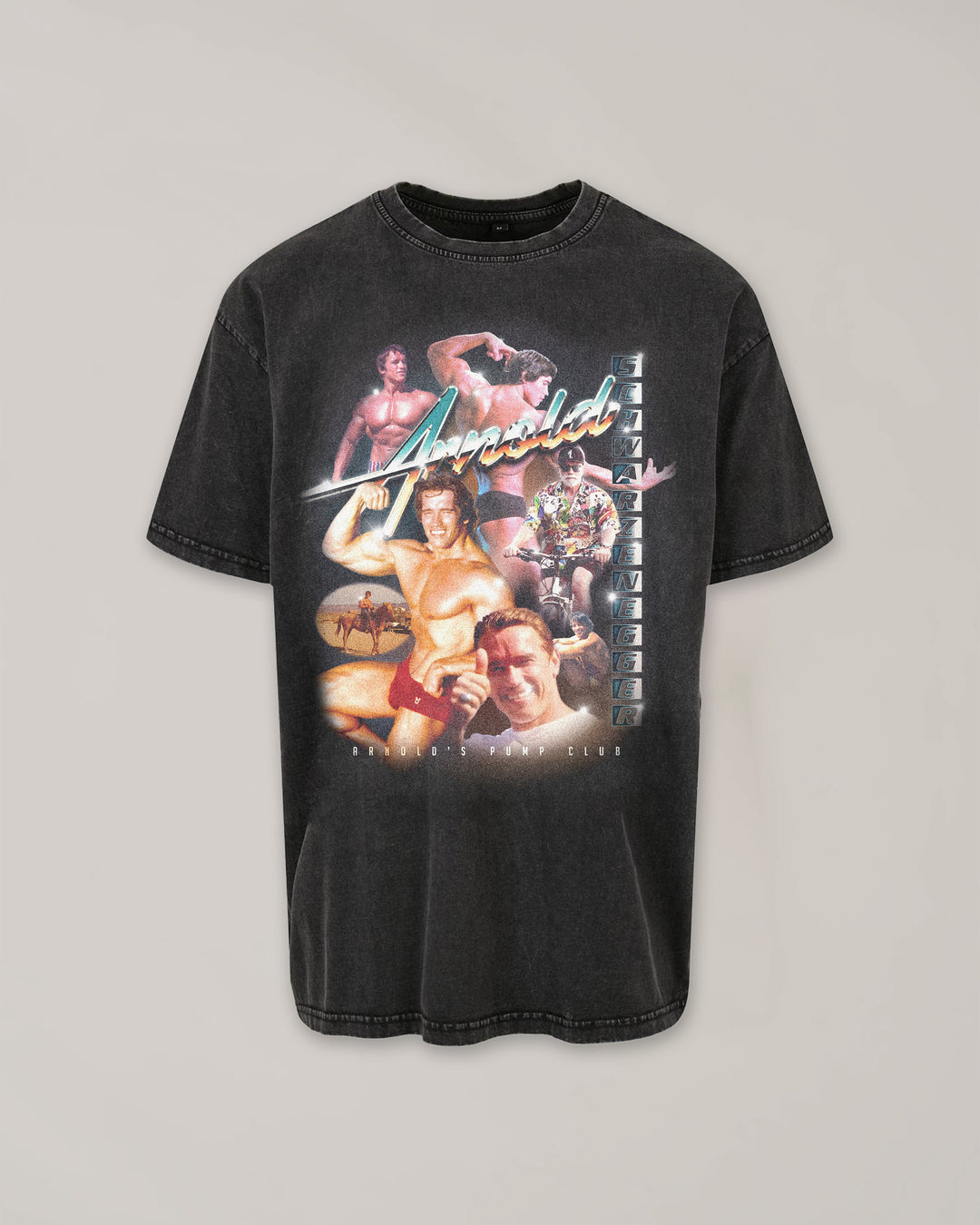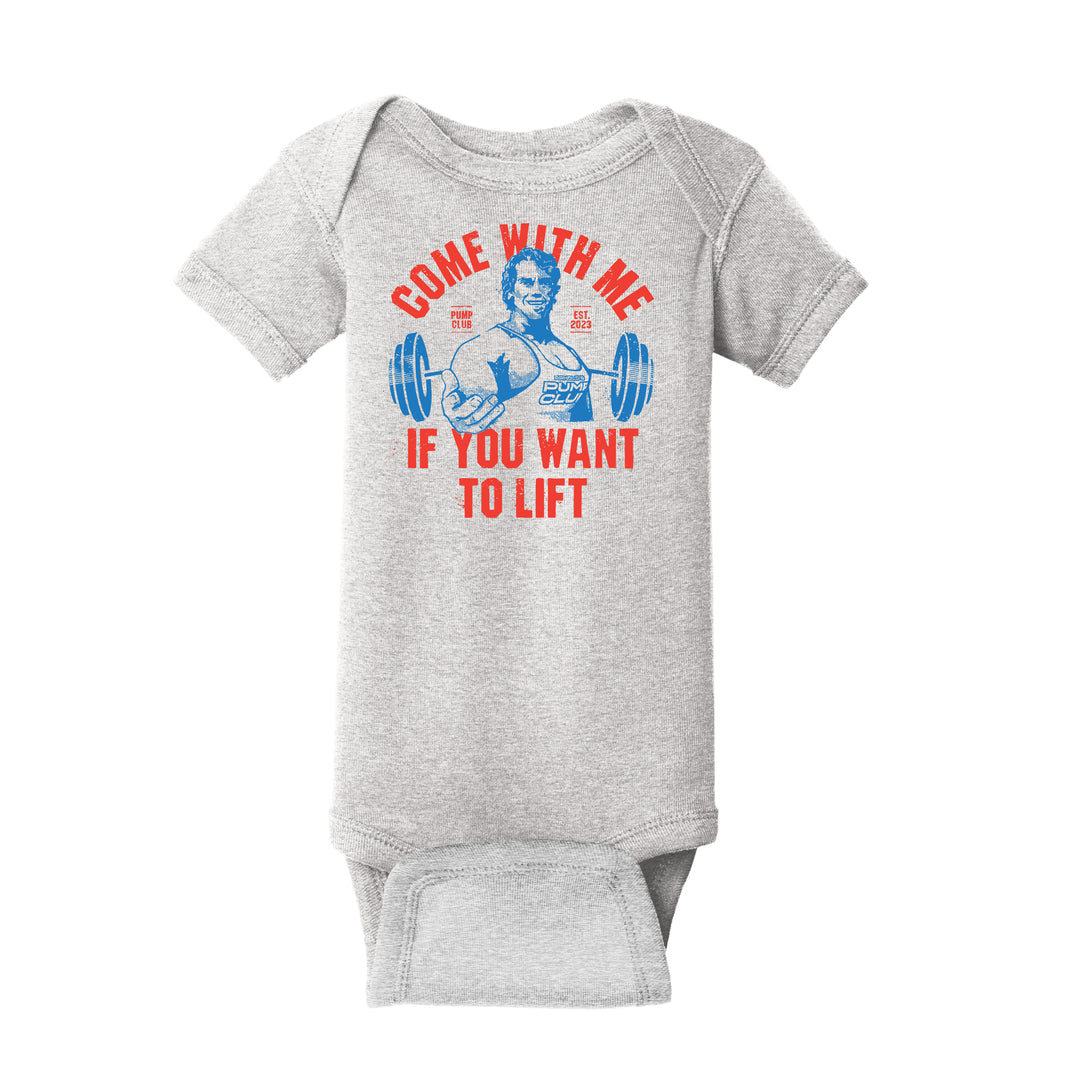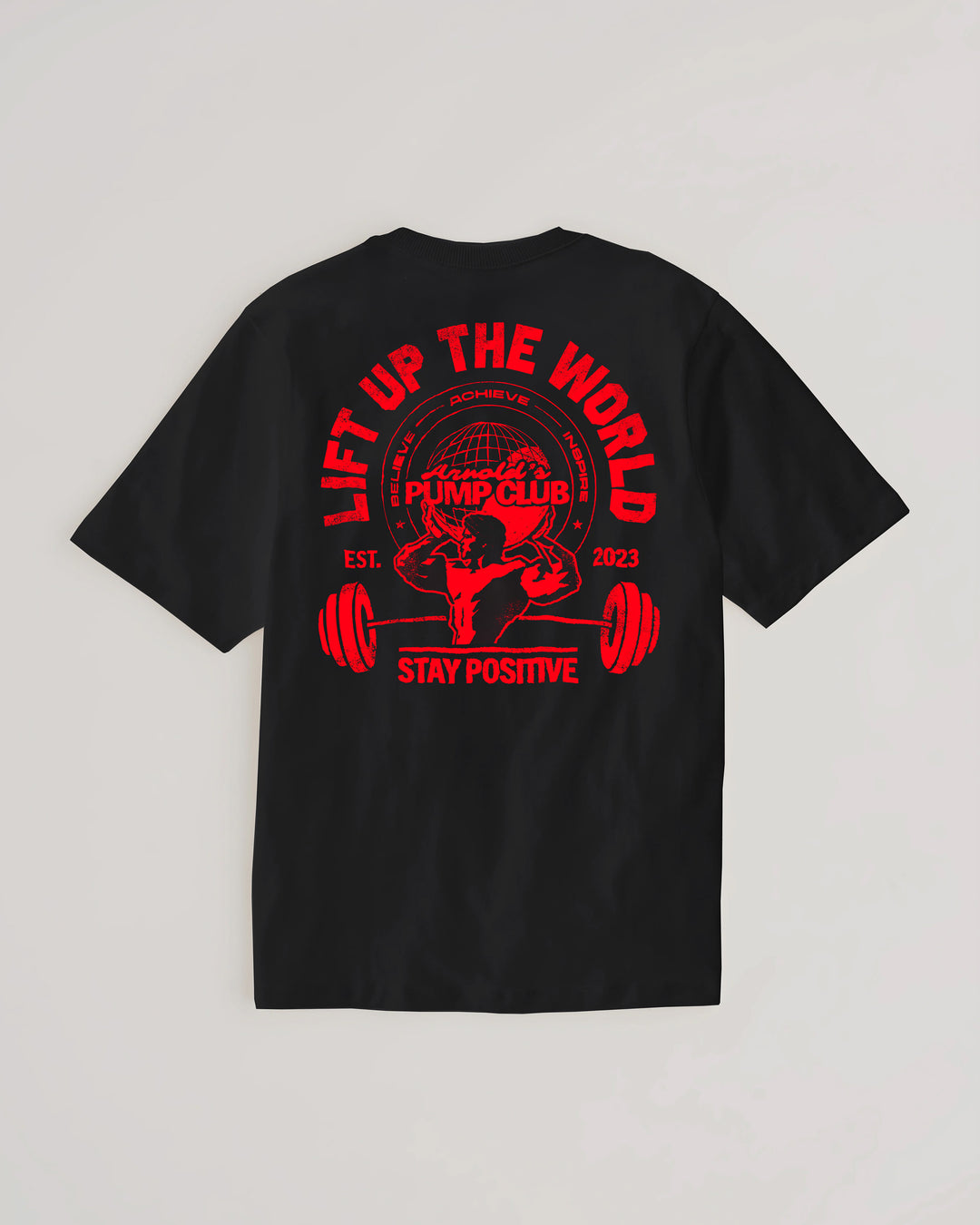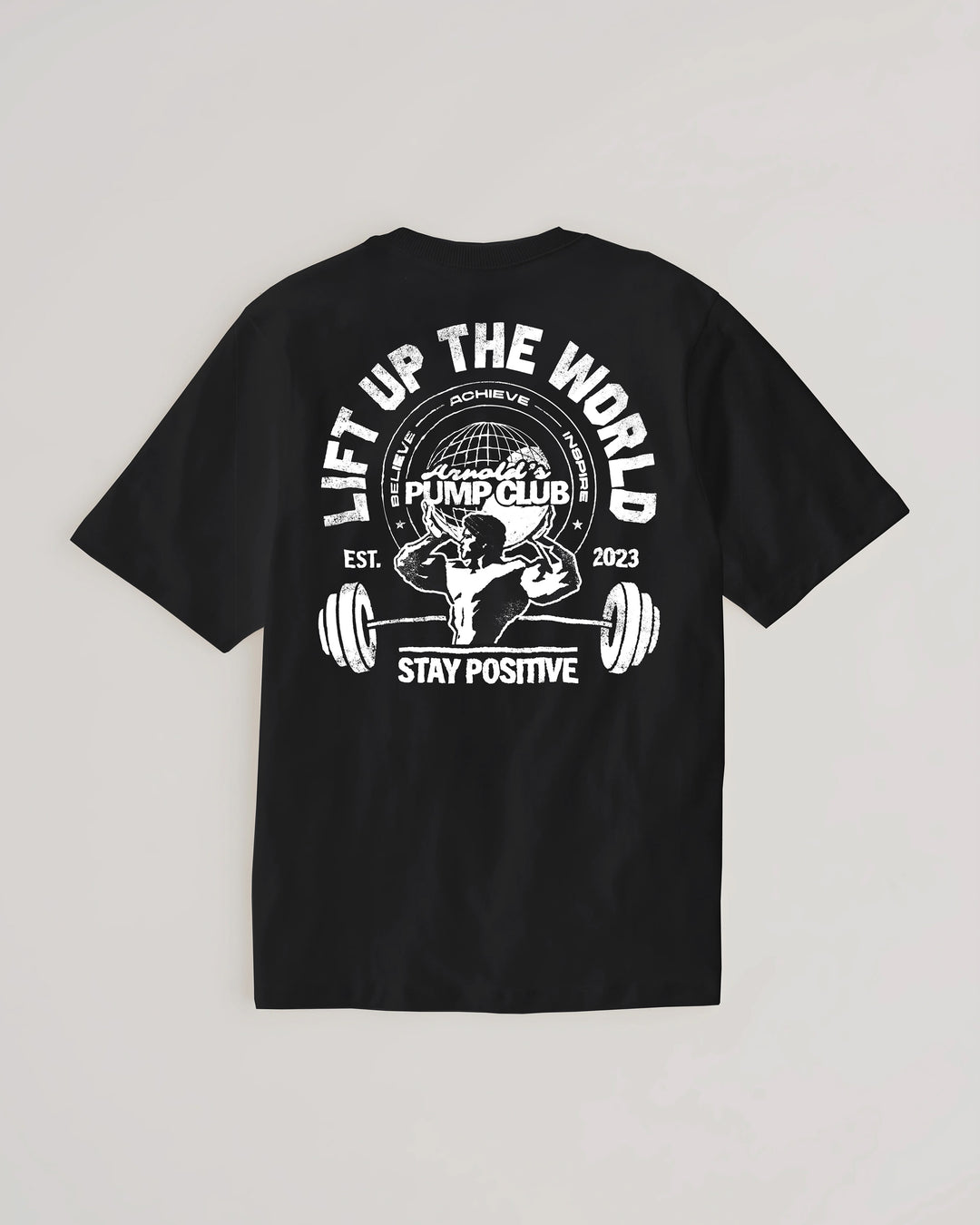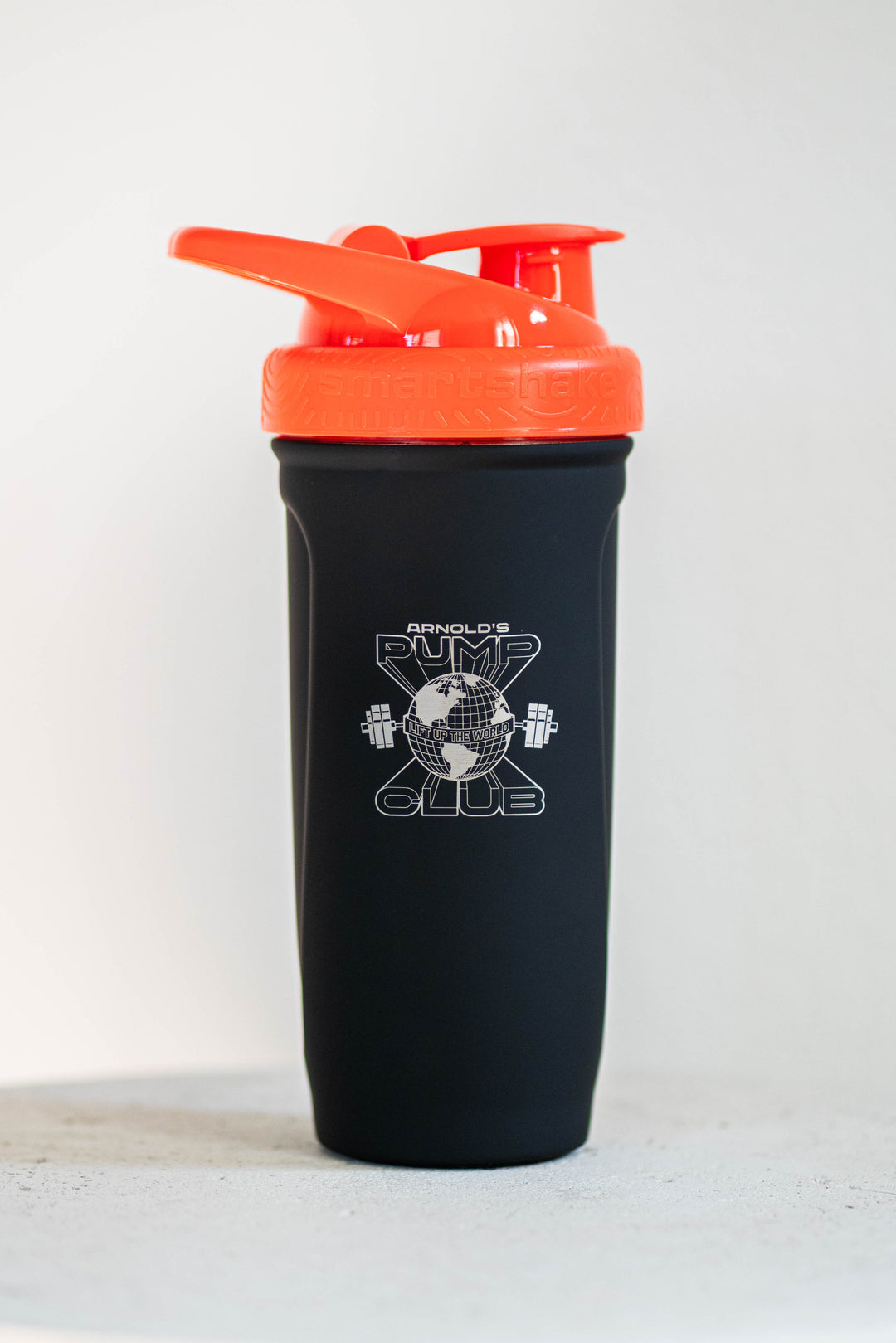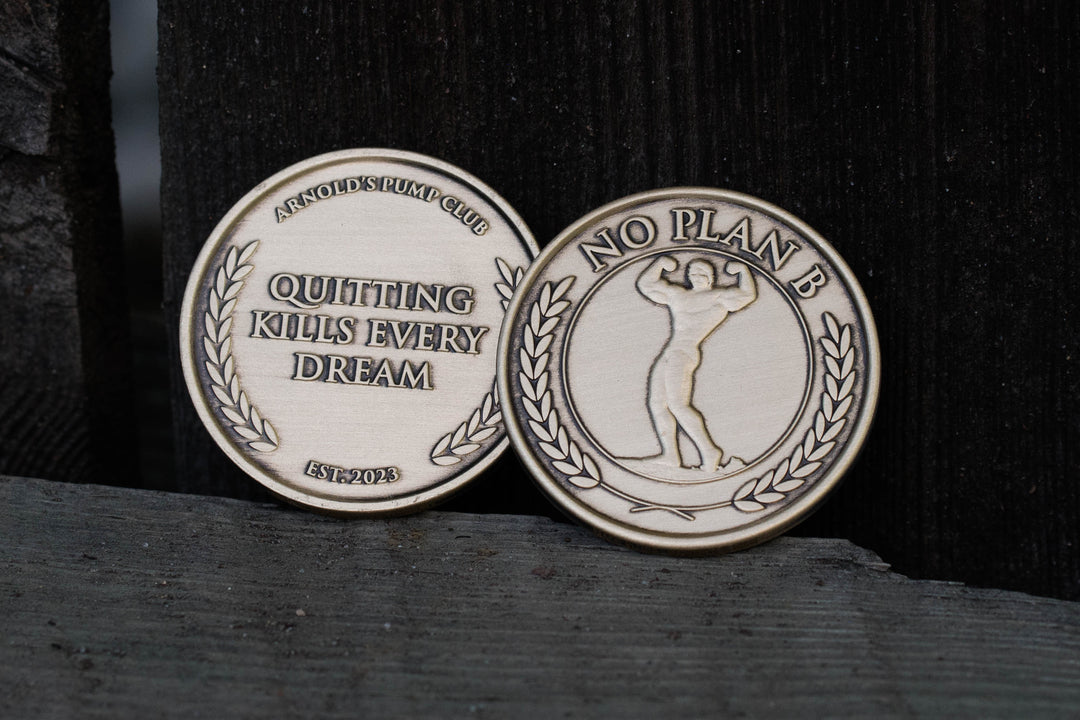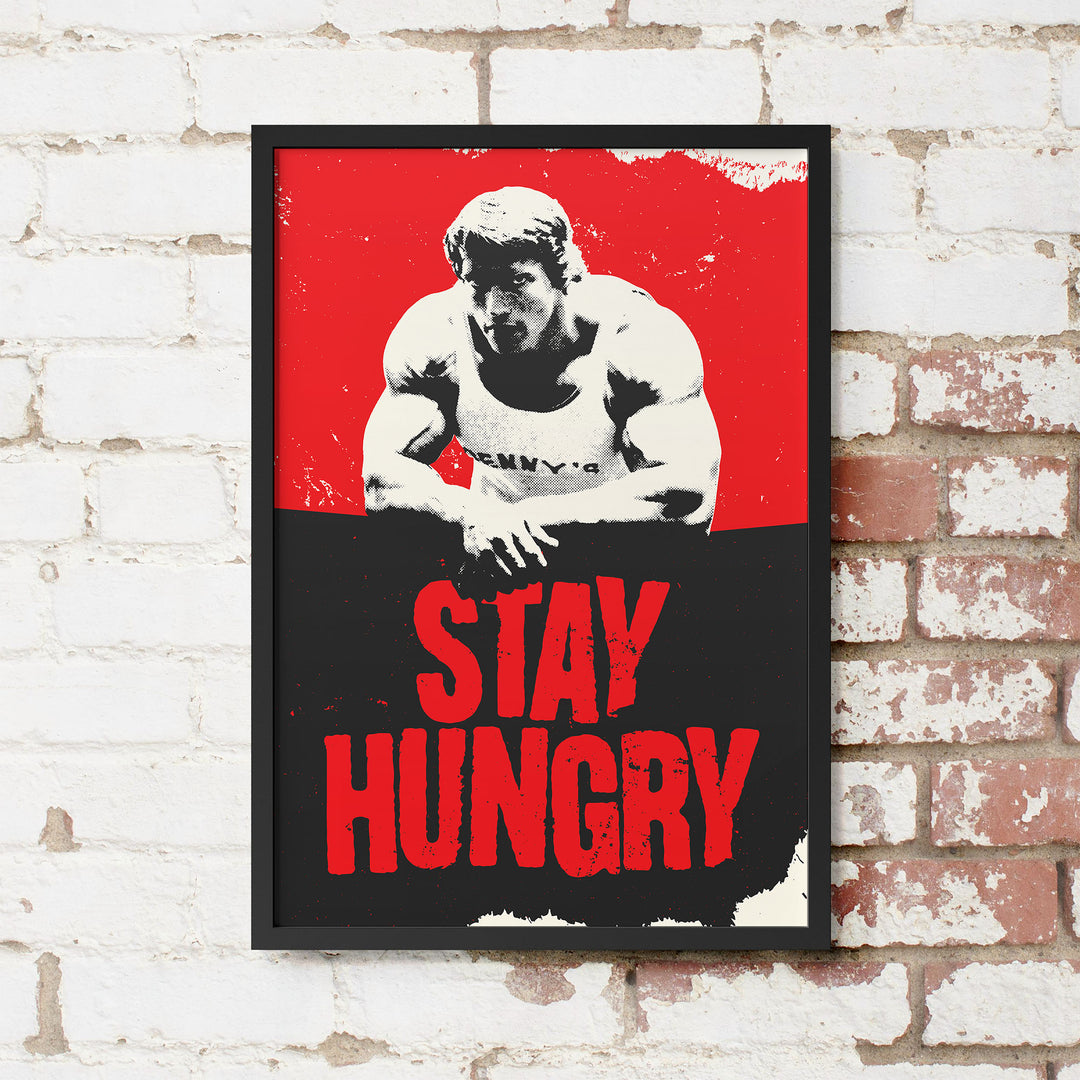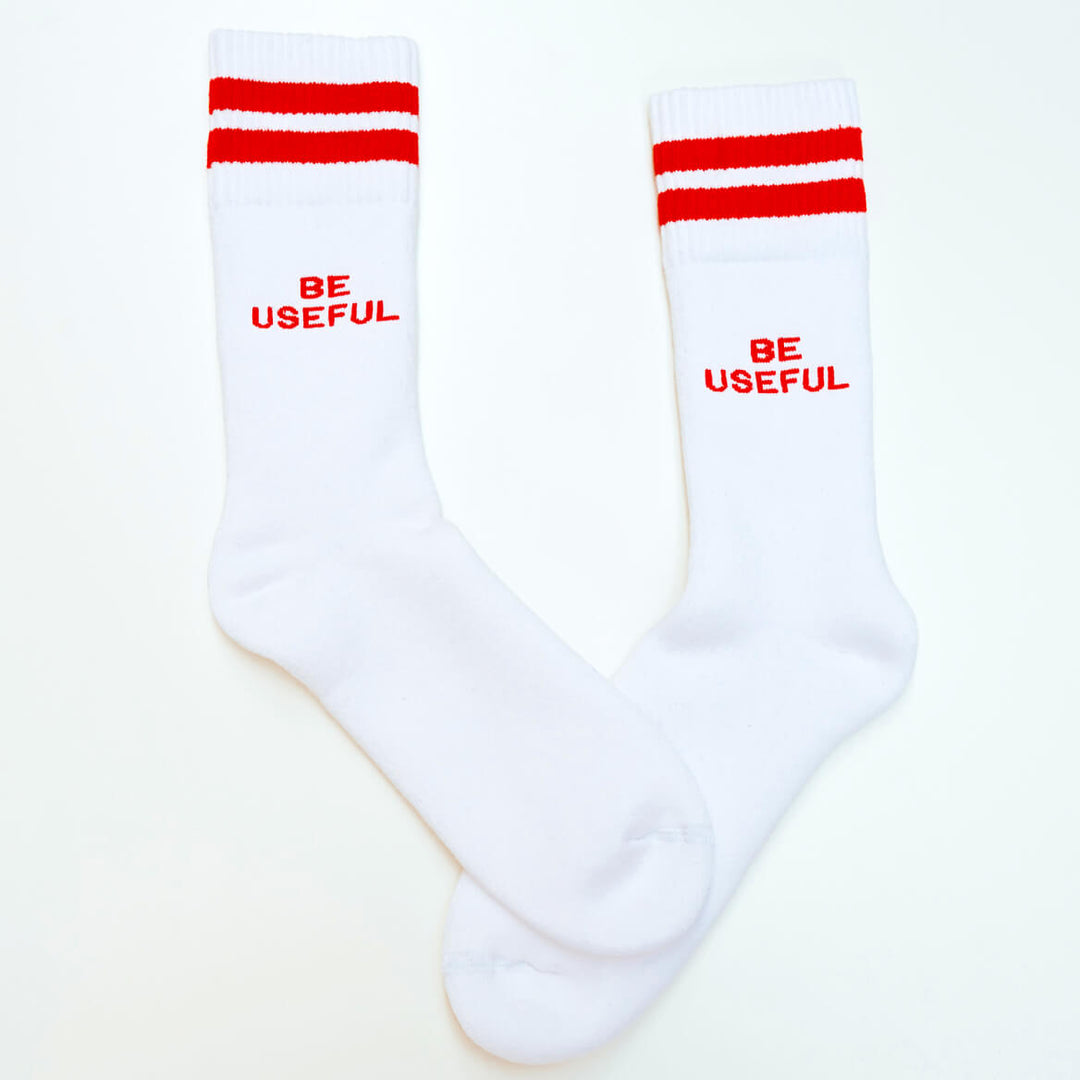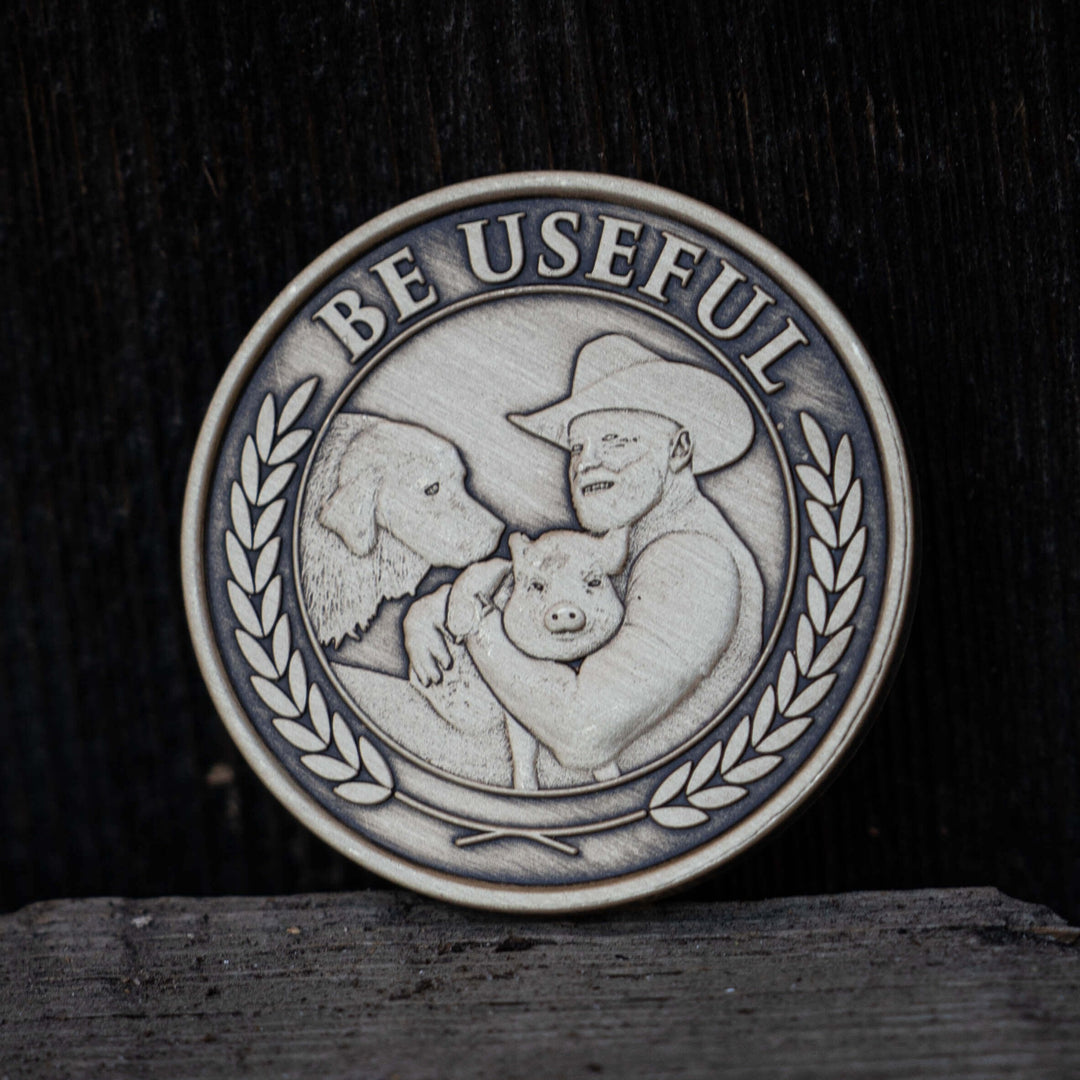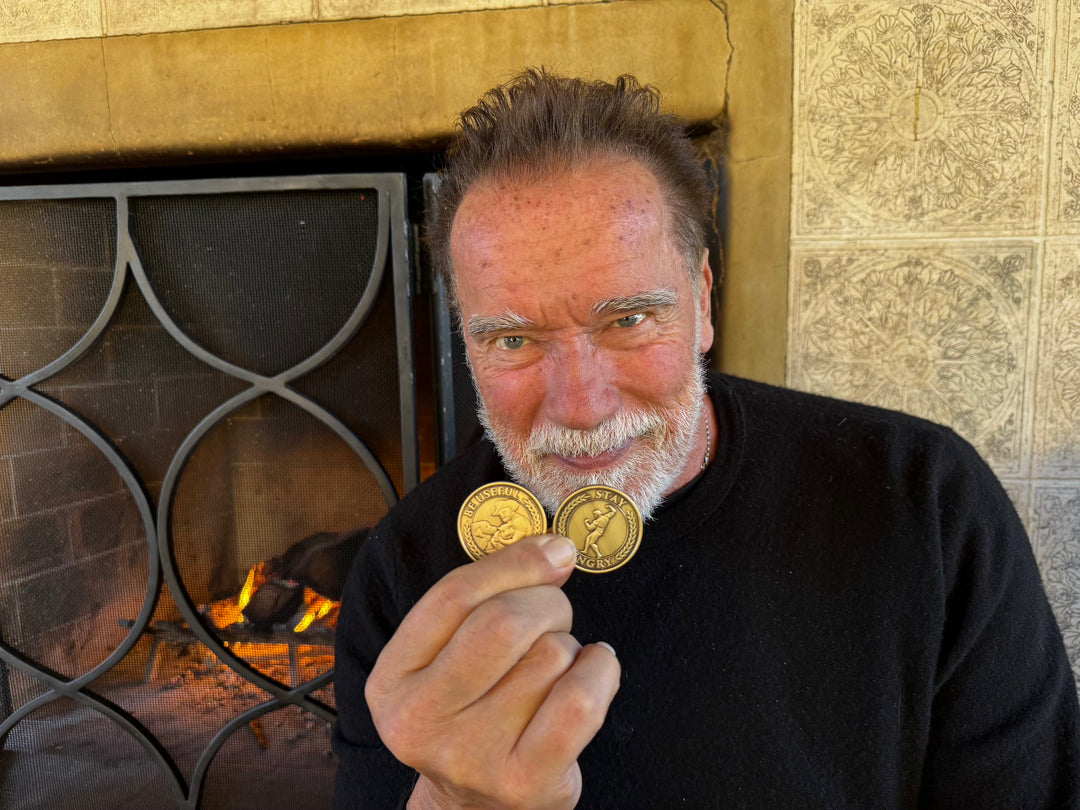Welcome to the positive corner of wellness. Here’s a daily digest designed to make you healthier in less than 5 minutes. If you were forwarded this message, you can get the free daily email here.
Today’s Health Upgrade
How many calories is your youth worth?
Arnold's Q&A
Weekend Challenge
Your youth is worth how many calories?
If we had to place a bet, the diet industry is about to entire the longevity space even more.
That’s because research suggests a little calorie restriction might help you live longer.
Recently, scientists followed 220 people for two years and examined what happened when they reduced their calories by 25 percent. Compared to those in the study who didn’t eat less, the people who lowered their calorie intake slowed a measure of biological aging.
To be clear, we don’t have enough evidence to say that “slowed biological aging” will guarantee a longer life. Still, they are helpful measures that suggest you’re taking beneficial actions for your body.
We’ve discussed many times that the best things for your longevity — such as 30 minutes of daily movement, getting 7 hours of sleep, and improving your grip strength — don’t get as much attention but are more effective than expensive creams, pills, and powders.
And remember: as we shared in a previous newsletter, you don’t need to reduce calories non-stop (as was the case in this study) to see benefits and weight loss. Research suggests eating fewer calories for two weeks and then taking a break every two weeks could be an effective way to get results from your healthy eating plan.
Just goes to show you don’t need to be perfect, you just need to be consistent.
Arnold Q&A

I’m not an expert on this issue by any means. But my work with Special Olympics and since those days, seeing the adaptive athletes compete at the Arnold Sports Festival, has always inspired me.
If you watch that video, you’ll see the world’s strongest adaptive athletes, Derick Carver, lifting while missing a leg, a Special Olympics athlete deadlifting, and my friend Miles Taylor lifting despite having cerebral palsy. I’ve spent a lot of time trying to highlight athletes like this because I want everyone to know that fitness is for everyone, and I want the gym owners and trainers to know that if they aren’t providing a space for adaptive athletes to train safely, they aren’t welcoming everyone.
One thing I’ve learned is that you have to start small and find a gym or a fitness community that will welcome you. Miles didn’t start out deadlifting 200 pounds. He started with the bar and a fantastic trainer who understood his body, his friend Nick. The first time I ever trained Special Olympics athletes in powerlifting, back in the 70s, I put the bar in one of their hands, and he hated it. So I told him just to watch, and the next few athletes did a few lifts. After a while, he looked like he might want to try again, so we started again just bench pressing the bar. He loved it and asked for more weight. He just kept going and going, and by the end, the hug he gave me was better than any paycheck I had ever received. But that’s because we took a gentle approach. We didn’t force it, and we didn’t start too big.
My advice is to talk to your doctor and find out what you should avoid, and then find a supportive community that may have similar challenges. It could even be online. Having a community behind you will make the weights feel lighter and support you when needed.
But don’t treat this setback as a reason you need to avoid training (unless your doctor says so). Look at people like Miles and find the inspiration to do what you can.

I used to train every body part 3 days a week, so if you’re as crazy as me, yes. But don’t just jump into that. Start with twice a week and see how your body reacts. Make sure you’re using not just bench press. Add a lot of incline bench and some flys, and use barbells, dumbbells, and cables. You can do it!

People hear me say to shock the muscle and think I mean to change up their routine all the time.
The reality is that I did the same program for years. Yes, sometimes I added drop sets and other things to my program to shock the muscle. But the program was constant because that’s how I could measure my progress.
Today, I see people doing one program for a week or a month and then switching to the next big thing. That doesn’t give you time to progress. Pick your program, and stick to it for 90 days. That doesn’t mean every workout is the same for 90 days. But it does mean the workouts are designed to help you progress. When I launch my app, people are going to be surprised and maybe frustrated that I won’t let them switch their program for the first three months. There’s a reason for that. That’s how you have success in the gym.

I was never a big eater. But I used protein shakes to fill the void since I couldn’t eat two steaks like the other guys. So my only meal prepping was carrying a shaker of protein powder when I went to class or to do bricklaying jobs. Breakfast I always ate at home or at Zucky’s diner with the guys after the workout, and Franco and I always made dinner.
Weekend Challenge: The 150-Rep Challenge
The easiest way to improve at anything is to build a progressive plan.
If you want to save money, start by setting aside $1 (or whatever you can afford), and then build that to $2, $5, $10, and so forth. The same mentality applies to fitness. Scientists call the idea progressive overload, and it’s accomplished by adding more reps, sets, or weight to your workout. Or, you can even adjust rest periods to make it more challenging.
Whatever you do, the road to change is paved by making sure you don’t do the same thing workout after workout.
This weekend, we want you to begin a 5-day challenge. The approach is simple: each day, you will do squats and increase the number of reps you perform. Your 5-day program will look like this:
Day 1: 10 squats
Day 2: 20 squats
Day 3: 30 squats
Day 4: 40 squats
Day 5: 50 squats
By the end of the five days, you’ll have performed 150 squats.
This is designed to be a bodyweight challenge. However, if you're more advanced, you could do it as a 1-week challenge with weights. And if you struggle with bodyweight squats, then do a simpler variation where you squat to a chair, touch the seat, and stand back up.
You might wonder if you must do all the reps in one set. You don’t. Remember, the goal is progress. If you need to do multiple sets, even spread throughout the day, those reps still add up.
Give it a try, and let Arnold know how it goes on Twitter and Instagram. He loves this “village” and will be sharing (and enjoying) your success.
We all hope you have a great weekend!
-Arnold, Adam, and Daniel
—

Lift your friends up, get a personalized, signed copy of my Encyclopedia of Bodybuilding
Help me with my fitness crusade and recruit new members. Share your referral link and if 2 people sign up for The Pump Daily, you’ll be entered to win a personalized, signed copy of my Encyclopedia of Bodybuilding. Five winners will be selected.


